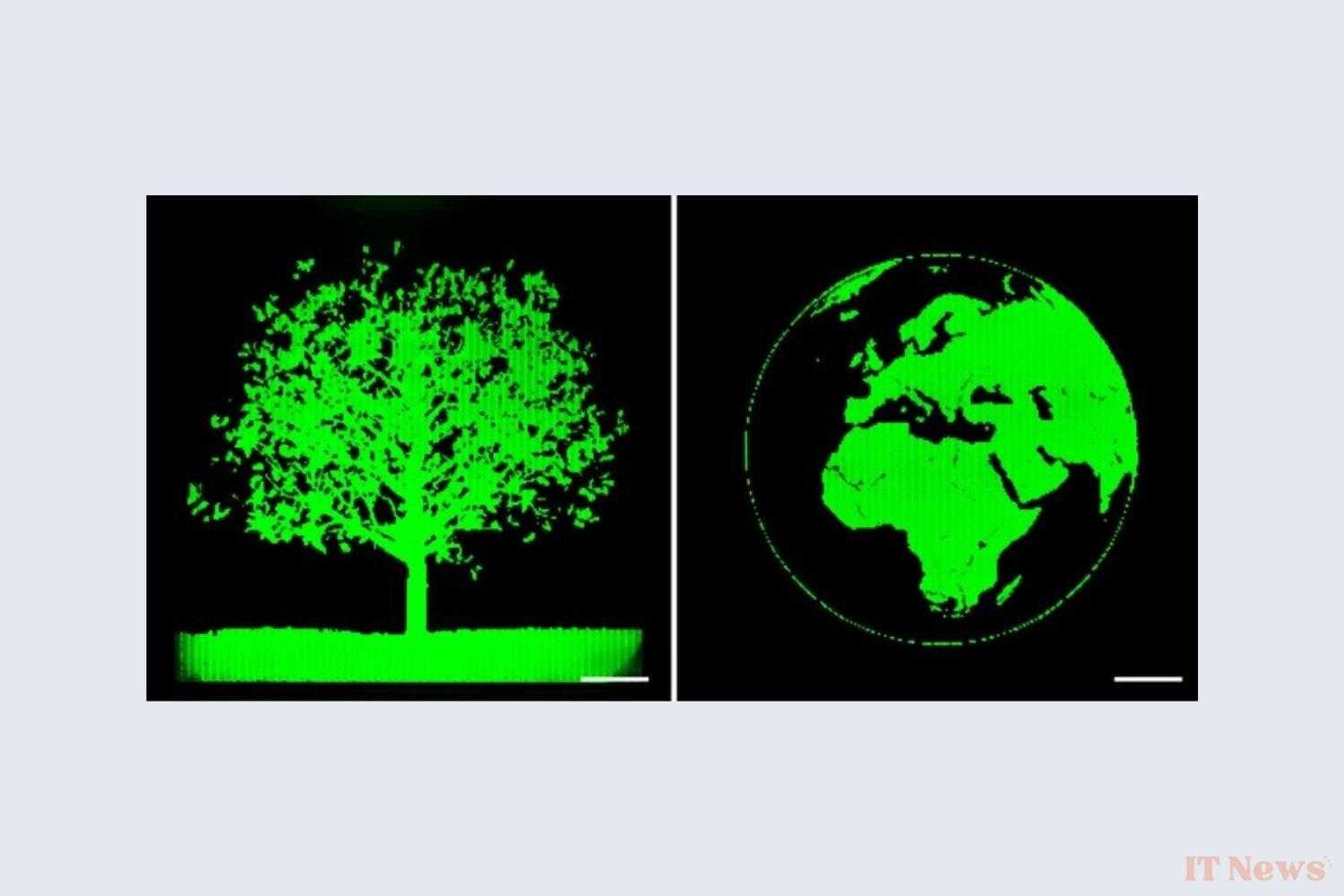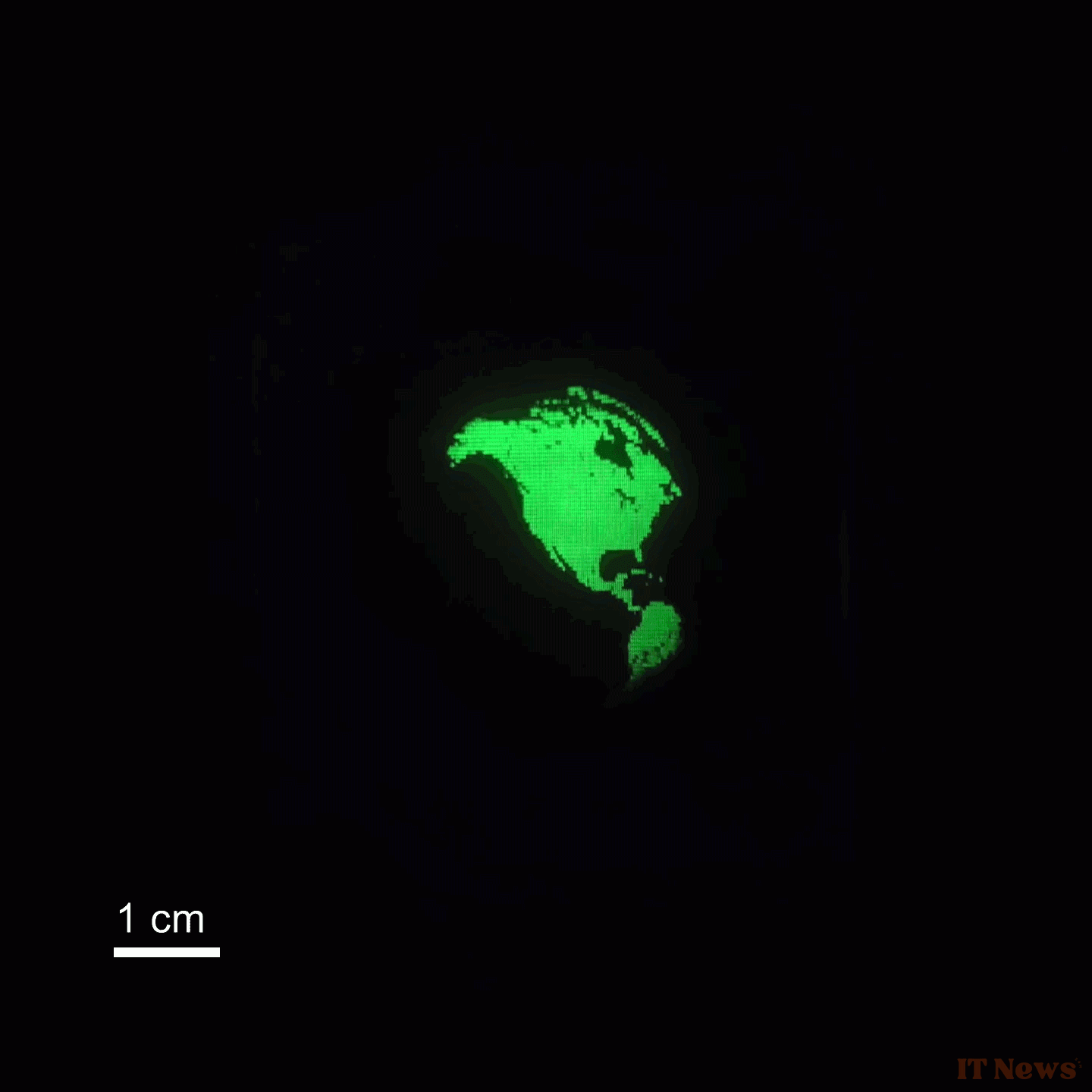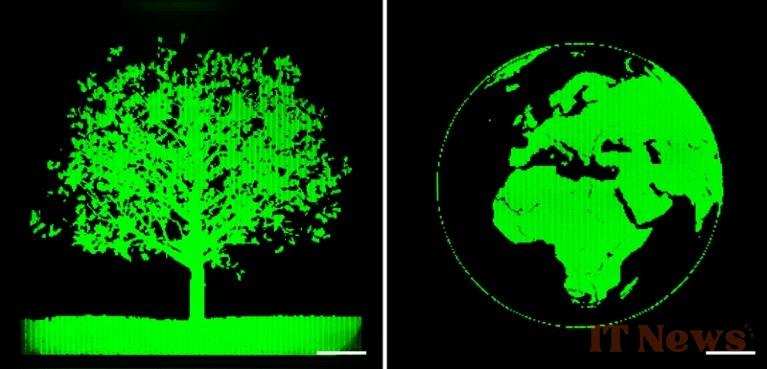All the major electronics companies are convinced of this, from Meta to Apple, including Samsung, Google, Xiaomi, Oppo, and others... Connected glasses and mixed or virtual reality headsets are the next big evolution of portable devices that we take everywhere with us. The replacements for smartphones, in short.
But until that happens, our phones can sleep peacefully. This is the nature of a market that has become mature (and even a little boring at times), before being dethroned by the next innovation, we have to wait until it reaches a sacred level of complexity. But also that its costs drop sufficiently to be accepted by the general public.
Our eyes need better screens to believe in connected glasses and headsets
The journal Nature reports on an innovation that should significantly advance the sector, but not only that. We can imagine applications in many fields (medical, industrial, military, etc.)
In a scientific article named "Downscaling of micro- and nanoperovskite LEDs", we learn that a team of researchers from Hangzhou University in China has created the world's smallest LED screen.
As you can see in the GIF above, the screen in question has microscopic pixels, that is, invisible to the naked eye. The image in question was captured by a microscope.
As the abstract of the scientific article explains, traditionally, the minimum size for an LED pixel is limited. From 10 µm, the efficiency The equipment is collapsing and the costs are too high to imagine commercial exploitation.
To get around this problem, the team of Chinese scientists decided to change the base material used on its LEDs and go through perovskites, which gives the name micro- and nano-PeLEDs.
A 90 nm pixel
But above all, its properties would be much better for the targeted task with an acceptable loss of efficiency despite the miniaturization. As a result, the team obtained 90 nm pixels, or 0.09 µm, which according to them would represent the smallest LEDs ever produced. The pixel density obtained is impressive with a resolution of 127,000 DPI.
Only small problem: for the moment, the demonstration is limited to a green monochrome screen. Switching to color could cause additional difficulties.





0 Comments